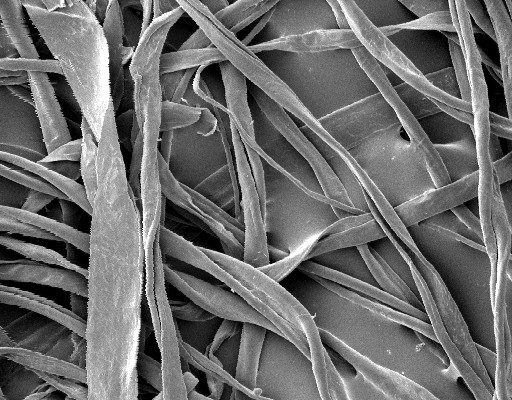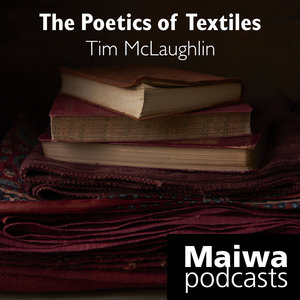Just arrived in Maiwa Supply:
a new shipment of 100% Qiviuk yarns and blends.
100% Qiviuk
50% Qiviuk ,50% Silk
45 Qiviuk, 45 Merino, 10% Silk
80% Merino 15 Qiviuk 5 % Silk
100% Suri Alpaca
and fibre from
Qiviuk, Vicuna, and Alpaca
for spinning
from Be Sweet yarns,
Looking very much like yarn sushi,
or Scottish rock candy,
these rolls (named Bambino Taffy)
will each make a baby hat.
The pattern is given on the label.
100% Mohair Boucle.
Perfect for wooly and funky hats,
the boucle spirals give these yarns
an extra-special character.
A collection of wild silk yarns.
The prefered plants of the
tussah moth are what gives
a creamy colour to the
silk they produce.
A new shipment from Eco Butterfly:
a collection of ethically-traded,
organically-grown, naturally-coloured
cottons in green, mauve, cream,
beige and brown. These fibres
are not dyed - this is the
natural colour of the
plant.
Available in
lace weight, worsted weight,
chunky hand-spun. Also available as
sliver for spinning and in scarf kits.
Yarns dyed by Maiwa in our
own studio with natural dyes.
A satisfying range of rich colours for your
next project.
The much anticipated revised and expanded
second edition of Wild Color by Jenny Dean and
the winter edition of Wild Fibers.
Now in the store.














































